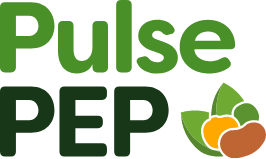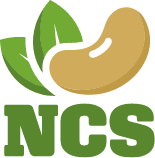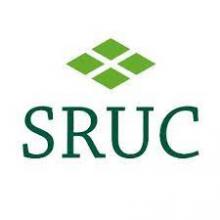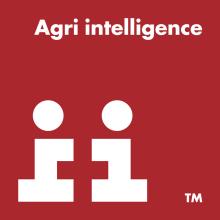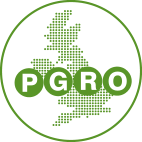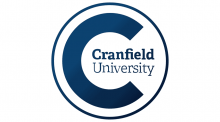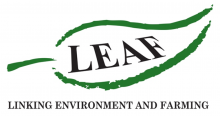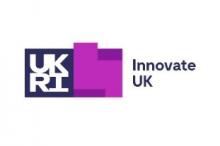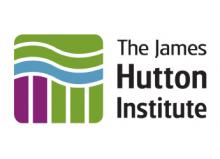NCS Project videos and podcasts will be connected through this topics page. See 'Connected Content' to find them
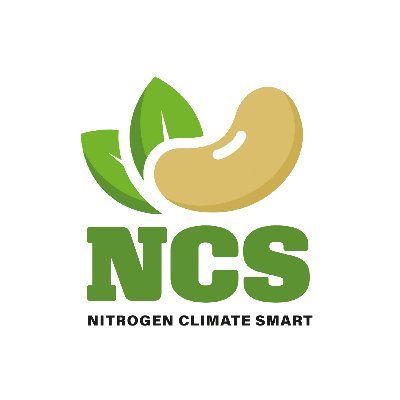
Nitrogen Efficient Plants for Climate Smart Arable Cropping Systems (NCS) is a four-year £5.9M ambitious research programme involving 200 UK farms and 18 partners.
The project is funded by the Defra Farming Innovation Programme, delivered by Innovate UK.
The consortium of UK companies, research institutes and farmer networks, led by PGRO, aims to bring about a reduction of 1.5Mt CO₂e per annum or 54% of the maximum potential for UK Agriculture.
This will be achieved by increasing pulse and legume cropping in arable rotations to 20% across the UK (currently 5%). In addition, 50% of imported soya meal used in livestock rations will be replaced with home-grown feeds.
Both of these ambitious aims will be steered by science and proven by real farm enterprises, with significant benefits for both crop and livestock productivity, including cost savings of over £1bn/yr.
Recommended Content
Content below is from across the PEP community and is not necessarily endorsed by Stewards or by PEP
Connected Content
As part of the NCS project, McArthur Agriculture have started to carry out trials in dehulling and roasting beans to start testing for different outcomes.
Today we’re going to be talking with Lucy Cottingham, Agrii UK digital agronomy development manager, Steve Portas agronomist and Northern technical advisor and Josh Murphy, RHIZA product manager. Agriculture is a very significant emitter of CO2 and today we are going to be talking about an innovative project called Nitrogen Climate Smart, which aims to bring about a reduction of 1.5mt of CO2 emissions per annum. The aim is to increase pulse and legume crops in arable cropping to 20%, the benefits of which to both arable and livestock enterprises could lead to cost savings over £1m per year. Let’s learn more about this innovative project and what it could mean for your farm business.
Join us in this special episode where we are joined by Lucy Cottingham from Agrii.
n this episode, Ben Pike speaks to Tom Allen-Stevens, the founder of BOFIN, about the latest updates of the NCS Project. Ben also speaks to one of the project's Pulse Pioneers, Will Oliver, about his experience being a part of the NCS Project.

